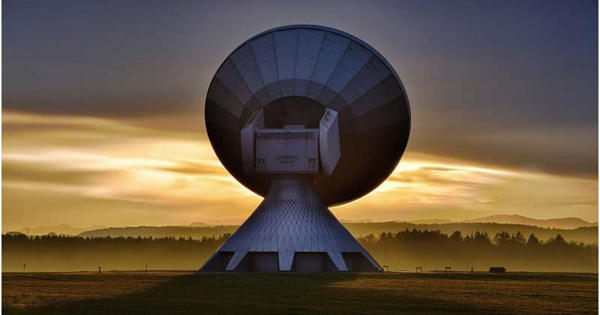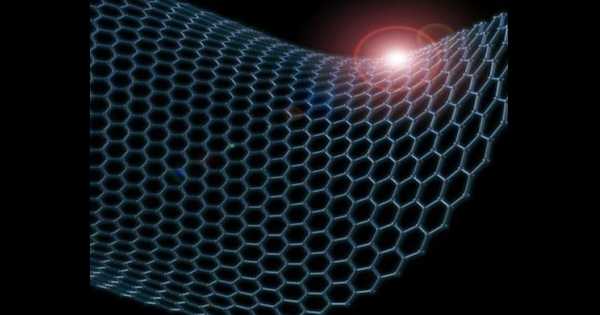Advanced Metering Infrastructure (AMI) is a system that enables two-way communication between utility companies and their customers’ energy meters. It is an integrated system of equipment, communications, and information management systems for utilities to remotely collect customer water usage data in real time. It allows for automated collection of meter data, remote monitoring and control, and enhanced energy management. AMI uses radio-based technology to read water meters, which eliminates the need for manual meter reads.
Advanced metering infrastructure typically consists of the following components:
(a) Smart Meters: These are digital meters that replace traditional analog meters. Smart meters can measure utility consumption more accurately and provide additional information, such as time-of-use data and power quality metrics. They are equipped with communication capabilities to send and receive data.
(b) Communication Network: A robust communication infrastructure is required to transmit data between the smart meters and the utility company. This can be achieved using various technologies like power line communication (PLC), radio frequency (RF) mesh networks, cellular networks, or a combination of these.
(c) Data Management System: The data collected from the smart meters is processed and managed in a central data management system. This system stores and analyzes the consumption data, performs data validation and error correction, and generates reports for utility companies and consumers.
(d) Meter Data Management (MDM): The MDM system is responsible for handling and processing the vast amounts of data collected from the smart meters. It performs tasks like data aggregation, validation, estimation, and editing. MDM systems ensure the accuracy and integrity of the data before it is used for billing, analytics, or other purposes.
(e) Back-End Systems: These are the utility company’s systems that interface with the AMI infrastructure. They include billing systems, customer information systems, and demand response platforms. These systems utilize the data collected by AMI to enable more accurate billing, provide detailed consumption information to customers, and support demand-side management initiatives.
(f) In-Home Display (IHD): An IHD is an optional component that provides real-time energy consumption information to customers. It typically consists of a display unit that shows energy usage data, cost information, and other relevant information. IHDs help customers monitor and manage their energy consumption, enabling them to make more informed decisions about their energy usage.
AMI enables utilities to leverage advanced analytics and applications to gain insights from the meter data. These applications can include load profiling, demand response management, outage detection, voltage monitoring, and other energy management and optimization tools. Advanced analytics can help utilities identify patterns, detect anomalies, and make data-driven decisions to improve operational efficiency and customer service. It’s important to note that the specific components and architecture of an AMI system may vary depending on the utility company’s requirements, technology choices, and regional regulations.
















